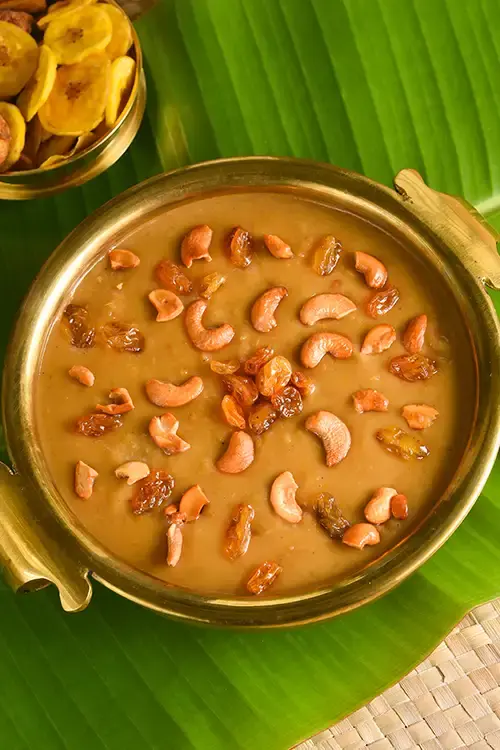FAQ
How is Coconut dried to make oil?
It all starts with the removal of moisture from the coconut flesh.
The first step is to harvest coconuts. The outer husk of the coconut is removed, and the hard inner shell broken for the white kernel inside. The kernel is then split into smaller pieces and dried in the sun. For the purpose, the split coconut pieces or copra are laid out on drying mats in direct sunlight. This is often done on raised platforms to allow for air circulation and prevent moisture build-up.
The copra is then turned regularly to ensure even drying, and this is usually done manually several times a day. The drying time depends on factors like weather conditions and the thickness of the copra pieces. It typically takes 4-7 days for the copra to dry properly. Ideally, the moisture content should be reduced to around 6-8% for optimal oil extraction.
Other drying methods include smoke drying, using fire. In mechanical drying, modern dryer machines are used to expedite the process, especially during unfavourable weather conditions. Sun-drying is still preferred in order to preserve the natural qualities of the oil. Properly dried copra shows a light brown colour, and a texture that is hard and brittle. Once the copra is dry, it is ready for oil extraction. Traditionally, the copra is crushed in a mortar using a pestle for extracting oil.






